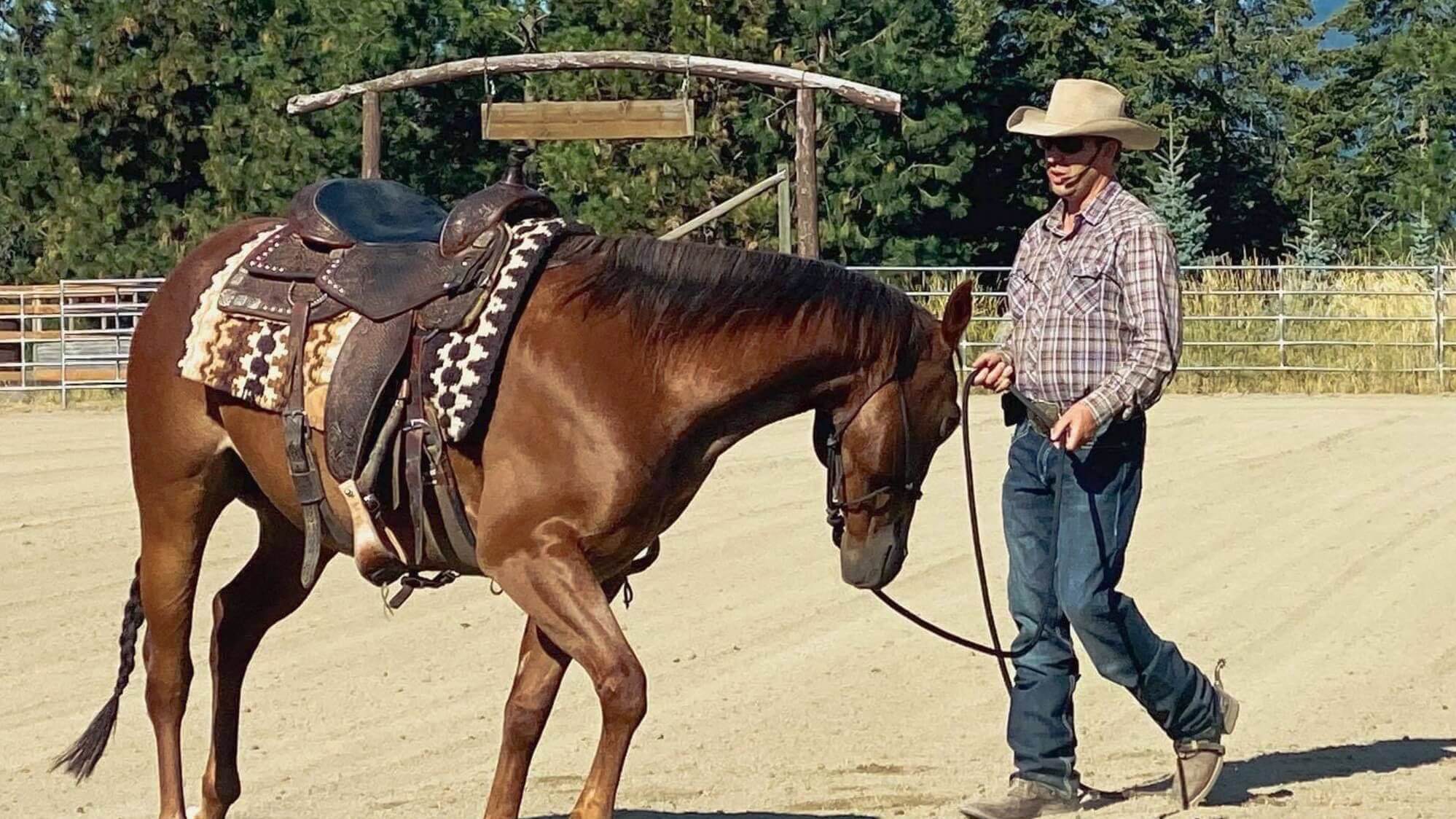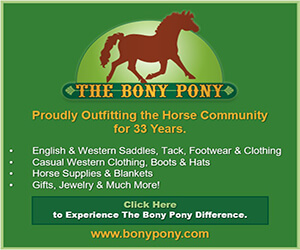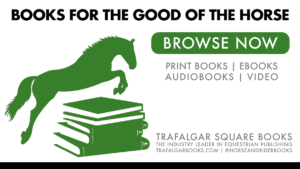When teaching your horse to try to try, it’s important to make a plan.
One example would be inside versus outside the trailer, with the correct option being inside the trailer and the wrong option being outside the trailer. I want the horse to find the answer, so I set up a situation for her to search it out. I cause my idea to become her idea. So, instead of going straight for the trailer, I first work her away from the trailer, addressing issues such as control of speed, direction, and softness on the halter—all things we can help our horse be better at.
Have you ever experienced the feeling of your horse shutting down or freezing up on you during a ride? Picture yourself riding along on a nice quiet trail when, all of a sudden, your horse is completely consumed by the fact that his pasture mate is cantering out ahead, or he becomes distracted by the large rock on the side of the trail that now looks like a grizzly bear. Whatever it may be, you can feel the energy and tension rising all the way up through your horse’s body. The tension in the reins begins to increase as you wonder how the next few moments will turn out. Will you still be on your horse or on the ground staring up at your mount after he has reared, bolted, or bucked you off?
This is an example of “trying to quit.” In other words, your horse is making a decision to use his efforts to get out of something rather than staying focused on both you and him. On rare occasions, this type of situation can be an out-of-nowhere incident, but most of the time it is a learned behavior that appears when the opportunity arises.
What we would all rather experience is a horse that uses the “try to try” option. Some examples of this would be a horse that stands patiently at the back of a trailer, loading at the slightest signal or a horse that is scared of a situation but chooses to stop and wait for the rider’s plan of action instead of reacting through instinct.
I am a firm believer that if a horse has a chance to make a mistake, they will learn from it. But just how do horses learn? Is it from the mistake, or is it from the release that happens right after the mistake? There are many forms of rewards for horses: treats, petting, kind words, green pasture, etc. However, the reward that arguably creates the most consistent result is that of release.
Release can be compared to the act of simply stopping—either stopping your signal, pausing, or just breathing out. With consistency, a horse will learn to look for these releases to know when he is “right.” The hard part is that if the releases are inconsistent, the horse will begin operating through instinct which leads to many common problems rather than partnership. This is where planning and timing on the part of the rider is crucial.
There’s a simple axiom you can use to better the timing of your releases: focus gives you feel; focus and feel give you timing.
Think of focus as your ability to keep your mind on the goal and feel as a measure of the energy and pressure between you and your horse. Timing tells you when to go and when to not go. Time your release well and your horse will learn to try to try. Time your release poorly and your horse will learn to try to quit since there is no reason to think that he will get relief by trying.
Watch for our next article where we will delve further into the trailer loading example!
See this article in the November 2021 online edition:

Steve Rother is an internationally acclaimed horsemanship clinician and the winner of numerous trainer’s challenges. Known as The Horse Teacher, Steve is dedicated to working with horse enthusiasts who strive to educate themselves as they develop a partnership with their horses, regardless of their chosen discipline.
Steve conducts horsemanship clinics throughout the USA and Canada and also at his ranch, The School of Horse, located in northeastern Washington State. His One Ride Away 30-Day Challenge and Horse Teacher University provide students with an interactive home-study program, designed to allow participants to advance their horsemanship goals. To learn more, visit www.horseteacher.com, www.onerideaway.com, or check out Rother Horsemanship on Facebook.






